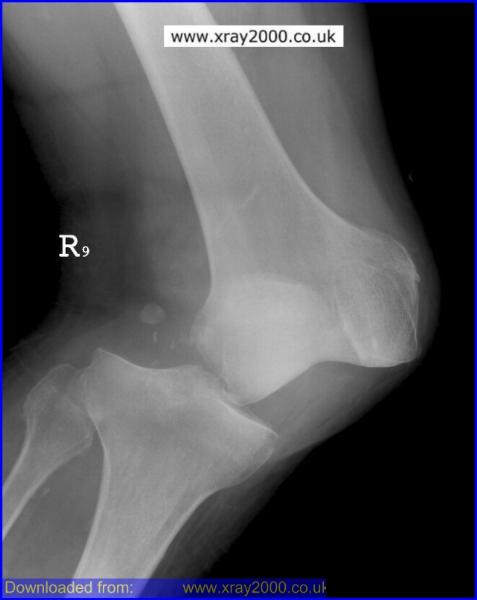Knee dislocation
|
WikiDoc Resources for Knee dislocation |
|
Articles |
|---|
|
Most recent articles on Knee dislocation Most cited articles on Knee dislocation |
|
Media |
|
Powerpoint slides on Knee dislocation |
|
Evidence Based Medicine |
|
Clinical Trials |
|
Ongoing Trials on Knee dislocation at Clinical Trials.gov Trial results on Knee dislocation Clinical Trials on Knee dislocation at Google
|
|
Guidelines / Policies / Govt |
|
US National Guidelines Clearinghouse on Knee dislocation NICE Guidance on Knee dislocation
|
|
Books |
|
News |
|
Commentary |
|
Definitions |
|
Patient Resources / Community |
|
Patient resources on Knee dislocation Discussion groups on Knee dislocation Patient Handouts on Knee dislocation Directions to Hospitals Treating Knee dislocation Risk calculators and risk factors for Knee dislocation
|
|
Healthcare Provider Resources |
|
Causes & Risk Factors for Knee dislocation |
|
Continuing Medical Education (CME) |
|
International |
|
|
|
Business |
|
Experimental / Informatics |
Editor-In-Chief: C. Michael Gibson, M.S., M.D. [1]; Associate Editors-In-Chief: Ahmad H. Othman, M.D.[2]
Synonyms: Patellofemoral dislocation.
Overview
Tibiofemoral joint dislocation is a rare orthopedic condition because of the considerable force required to cause it i.e. road accident. For the same reason, this condition is often associated with concurrent cruciate and one or both lateral collateral ligaments injury. It is a true orthopedic emergencies requiring urgent Orthopedic consultation and intervention because of the high-risk of vascular and nerve injury and are thus potentially limb-threatening injuries.. Immediate reduction followed by careful neurovascular assessment is necessary.
Types
Tibiofemoral dislocations are classified based on the direction of the tibia in relation to the femur. There are five types, with posterior and anterior dislocations being the most common:
- Posterior – Result from a direct blow to the proximal tibia that displaces it posterior to the distal femur.
- Anterior – Result from a hyperextension injury to the knee that tears the posterior structures and drives the distal femur posterior to the proximal tibia.
- Medial – Result from valgus forces to the proximal tibia.
- Lateral – Result from varus forces to the proximal tibia.
- Rotatory – Result from indirect rotational forces, usually caused by the body rotating in the opposite direction of a planted foot. Rotatory dislocations are subdivided into anteromedial, anterolateral, posteromedial, and posterolateral. Posterolateral dislocations are irreducible by closed reduction.
Tibiofemoral dislocations are also divided into open and closed based on the presence or absence of lacerations at the knee joint, and as reducible or irreducible.
Complications
The Popliteal artery is tethered across the Popliteal space like a bowstring, making it susceptible to injury during knee dislocation. Up to 40 percent of patients with knee dislocations sustain an associated vascular injury.
The Peroneal nerve winds around the fibular neck. It provides sensation to the dorsum of the foot and controls ankle dorsiflexion. The Peroneal nerve is injured in up to 20 percent of patients with knee dislocations.
Clinical Features
Pain and swelling often limit the physical examination at the initial presentation, but the direction of the dislocation can often be assessed clinically. Often a significant hemarthrosis and ecchymosis are present in addition to the swelling.. The circulation in the foot must be examined because the Popliteal aretery maybe obstructed or injured. This doesn't station and movement should be tested to exclude nerve injury. Be wary, the dislocation may spontaneously reduce but vascular injury may still occur in these cases.
Imaging
Knee X-ray
At least 2 views knee X-ray will assist in classifying the type of dislocation. In addition to the dislocation, the films occasionally reveal tibial spine fracture due to ligament avulsion. If vascular injury is suspected, attempted closed reduction should not be delayed awaiting imaging.
CT Angiography
If there is any doubt about the circulation, such vascular studies are essential to detect and delineate any vascular injury.
Treatment
Follow-up Care
Images
See also

